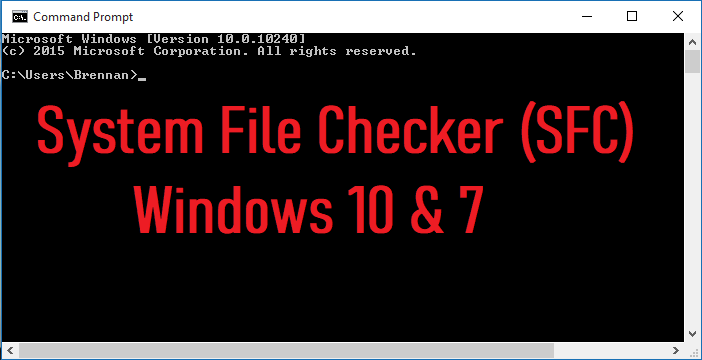

For many, TPM is a completely foreign subject – stuffed away deep in the motherboard’s BIOS. That is undoubtedly one of the big questions that has come out of the Windows 11 launch recently.

Once completed, the report will come back with the following image resulting in a positive TPM Version mark:ĭoes Your Motherboard Have TPM 2.0 Functionality? If this is the case, you can simply learn how to enable TPM 2.0 in BIOS and relaunch the Windows 11 compatibility checker.

For example, if all your hardware is capable but your PC either doesn’t support TPM 2.0 or has it enabled, it’ll crop up on the report. The UI isn’t nearly as polished as you might like, but that doesn’t really matter – it still tells you exactly what you need to know. The tool is incredibly simple but does look a little on the rough side. It looks through your PC’s hardware and crossreferences it against the system requirements for Windows 11 – fairly basic if truth be told. So, how does the new WhyNotWin11 application work? Well, for all intents and purposes, it works in the same way as Microsoft’s own tool – checking your PC’s hardware and letting you know whether or not it’d pass the Windows 11 installation process. Check If Your System Is Compatible With Windows 11 You can download the WhyNotWin11 app from a number of different sources here. The new tool was coined the ‘WhyNotWin11’ application, working in a similar way to that of the original compatibility checker – albeit with a less refined UI. Fortunately, a free replacement became available soon after, allowing people to check whether or not their PCs could actually run Microsoft’s latest operating system. However, this only caused more confusion – leading Microsoft to actually remove the compatibility tool altogether. Like with most things, Microsoft tried to make things more simple by releasing an easy Windows 11 compatibility checker on its website. However, whilst everything on the surface seemed hunky-dory, there was a debate bubbling away in a number of internet forums surrounding the compatibility of users’ hardware. Microsoft finally announced the latest version of its operating system last week, sparking a decent amount of excitement around the release of Windows 11.


 0 kommentar(er)
0 kommentar(er)
